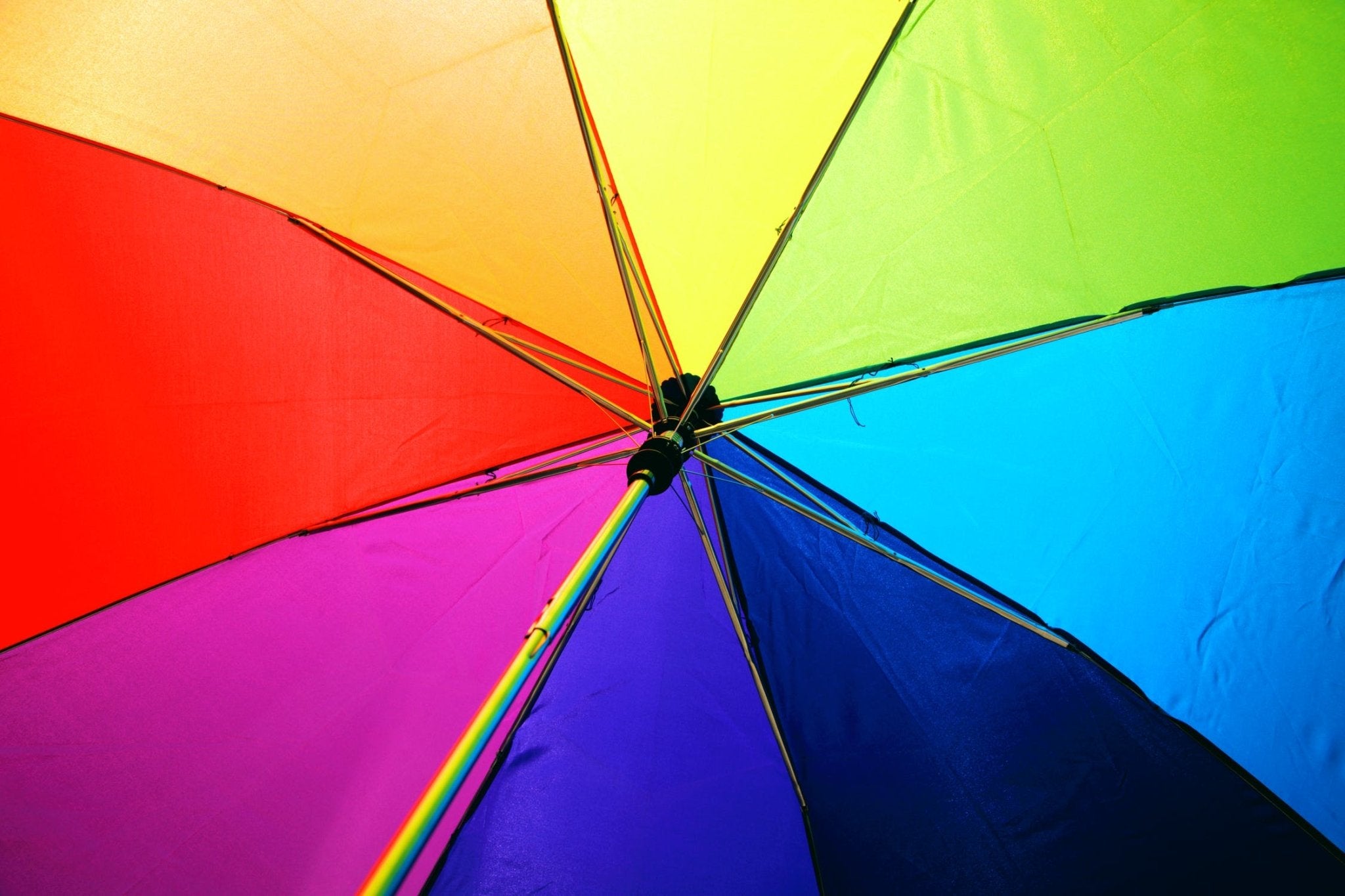At some point, most photographers will need a guide to HSL (hue, saturation, and luminance) and kelvin color temperature. The science behind color and light can be a lot to digest, so let me help break this down for you and make everything as simple as possible.
It's best to start by understanding what color is. The pros over at Crayola know the best way to define color.
You have to have light to see color. Some colors bounce off an object, and other colors are absorbed when it is lit up. We only see the colors bounced off of an object or reflected by it.
The three primary colors in photography are red, green, and blue. So now that we understand the textbook definition of color, it's time to understand hue, saturation, and luminance (HSL).
• Hue
Hue means the color or shade of a particular color. For example, marigold is a hue of yellow. When you think of yellow, you traditionally think of it as the hue of the sun. But, when you think of marigold, you should think of a darker yellow hue.
Each primary color has hundreds of varieties of hues.
Photo Tip: Hues can also evoke emotions in some people. Red typically evokes love and passion, blue can be calming, and purple, which evokes royalty. You can use these as guides when playing with the hues of your photos while editing.
• Saturation
Saturation is the intensity of one color. Each time you increase the saturation of a color, it becomes more robust and more vivid. When you decrease saturation, the color becomes dull and more grey.
• Luminance
When you think of luminance, think of how bright color can get. Each color has different luminance, and yellow typically has a high luminance instead of a color like purple.
Alright, so let's get back to kelvin color temperature. Kelvin color temperature is a measurement for the color illuminating in your photograph. When the temperature is high, it becomes colder (bluer) and, when it is lower, it becomes warmer (redder).

1700 K: Matchlight
1850 K: Candles
2800 K: Tungsten (incandescent) light
3000 K: Halogen and yellow fluorescent light
3350 K: Studio "CP" light
3400 K: Studio lamp, photo floodlight (not flash), and so on …
4100 K: Moonlight, light yellow fluorescent lamp
5000 K: Direct sun light
6000 K: Daylight












